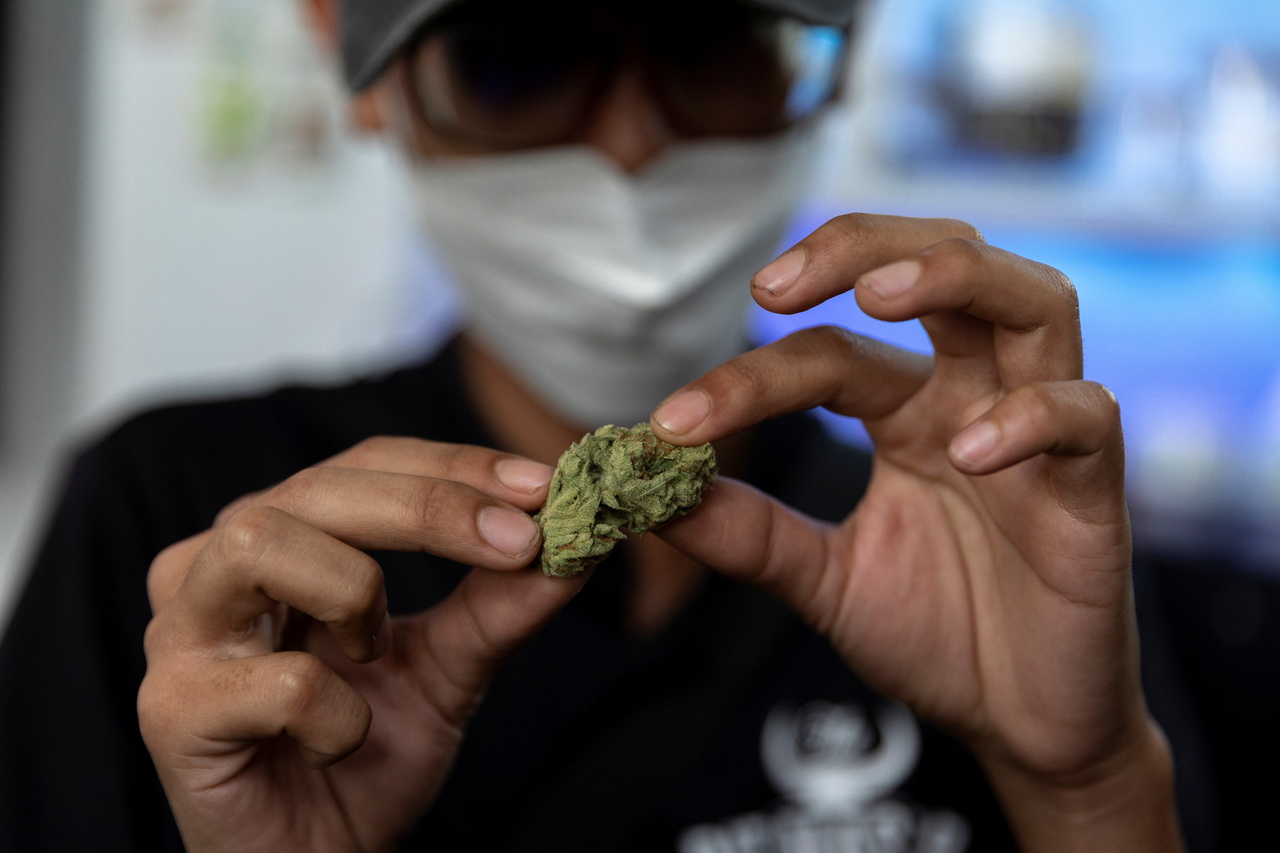Ukraine war could boost illegal drug production: UN
Sign up now: Get ST's newsletters delivered to your inbox

An estimated 284 million people used a drug in 2021, the report found.
PHOTO: REUTERS
Follow topic:
VIENNA (AFP, REUTERS) - The war in Ukraine could allow illegal drug production to flourish, while the opium market's future hinges on the fate of crisis-wracked Afghanistan, the United Nations warned Monday (June 27).
Previous experience from the Middle East and South-east Asia suggests conflict zones can act as a "magnet" for making synthetic drugs, which can be manufactured anywhere, the United Nations Office on Drugs and Crime (UNODC) said in its annual report.
"This effect may be greater when the conflict area is near large consumer markets."
The UNODC said the number of dismantled amphetamine laboratories in Ukraine rose from 17 in 2019 to 79 in 2020, the highest number of seized laboratories reported in any country in 2020.
Ukraine's capacity to produce synthetic drugs could grow as the war continues, it added.
"You don't have police going around and stopping laboratories" in conflict zones, UNODC expert Angela Me told AFP.
The report also noted that conflict could shift and disrupt drug trafficking routes, with suggestions that trafficking in Ukraine has fallen since early 2022.
The situation in Afghanistan - which produced 86 per cent of the world's opium in 2021 - will shape the development of the opiate market, the UN report added.
It said the country's humanitarian crisis could incentivise illegal opium poppy cultivation, even after the Taliban authorities banned the practice in April.
"Changes in opium production in Afghanistan will have implications for opiate markets in virtually all regions of the world," the UN said.
An estimated 284 million people used a drug in 2021, or one in every 18 people worldwide aged between 15 and 64, the report found.
The figure was 26 per cent higher than in 2010, with population growth only partially accounting for the change.
Cocaine production climbed to a new record in 2020 at 1,982 tons.
Although most drug consumers were men, Ms Me said women heavily used amphetamine type stimulants and were under-represented in treatment.
"For them, it's a double stigma. Going there is also to expose themselves," she told AFP. "We have put a recommendation on safety and how to ensure that the centres have the possibility to welcome children."
The UNODC report also noted that places including US states that have legalised cannabis appear to have increased its regular use, while Covid-19 lockdowns had a similar effect, raising the risk of depression and suicide.
Cannabis has long been the world's most widely used drug and that use is increasing while the cannabis on the market is getting stronger in terms of its tetrahydrocannabinol (THC) content, the report said.
Various US states have legalised non-medical use of cannabis, starting with Washington and Colorado in 2012.
Uruguay legalised it in 2013, as did Canada in 2018. Others have taken similar steps but the report focused on those three countries. "
Cannabis legalisation appears to have accelerated the upwards trends in reported daily use of the drug," the report said.
While the prevalence of cannabis use among teenagers "has not changed much", there had been "a pronounced increase in reported frequent use of high-potency products among young adults", it said.
"The proportion of people with psychiatric disorders and suicides associated with regular cannabis use has increased."
The report said roughly 284 million people, or 5.6 per cent of the world's population, had used a drug such as heroin, cocaine, amphetamines or ecstasy in the past year in 2020, the most recent data available. Of those, 209 million used cannabis.
"Periods of lockdown during the Covid-19 pandemic drove increases in the use of cannabis... in 2020," it said.
The UNODC report was based on information gathered from member states, its own sources, and analysing institutional reports, the media and open-source material.

